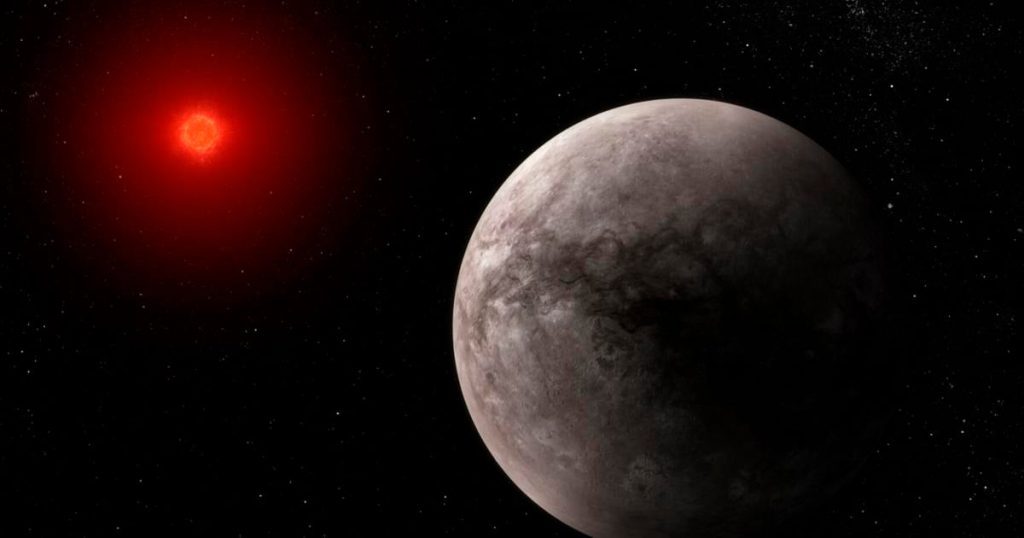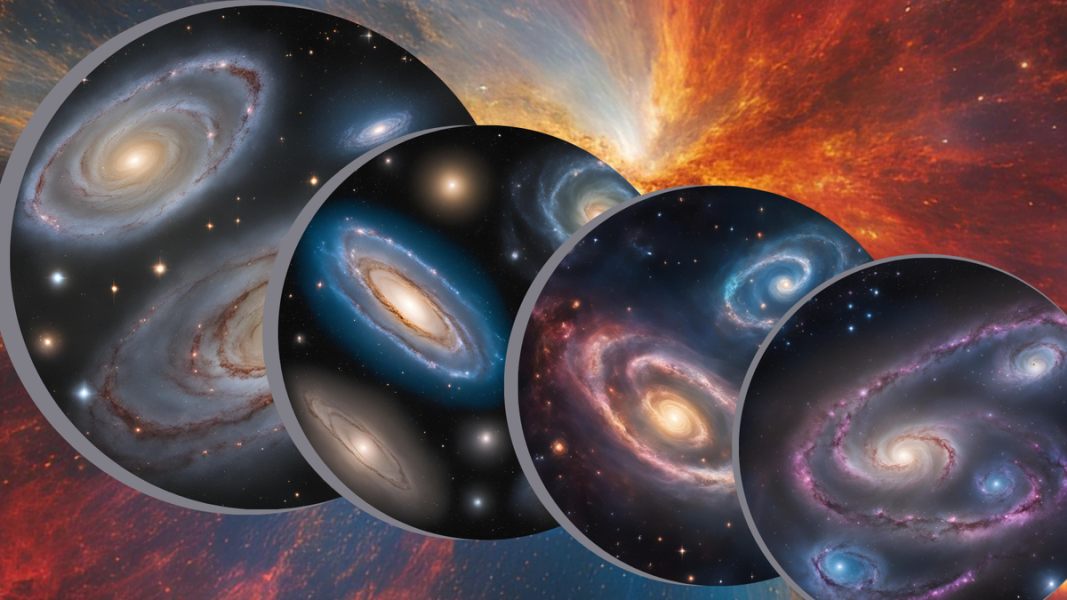7 planets will be visible in the night sky. Here’s when, how you can see ‘Parade of Planets.’ – NOLA.com

This illustration provided by the European Space Agency depicts what the exoplanet TRAPPIST-1 b could look like. On Monday, March 27, 2023, scientists said the Webb Space Telescope has found no evidence of an atmosphere at this innermost of the seven rocky, Earth-sized planets orbiting the nearby star, named Trappist. (NASA, ESA, CSA, J. Olmsted (STScI), T. P. Greene (NASA Ames), T. Bell (BAERI), E. Ducrot (CEA), P. Lagage (CEA) via AP) ORG XMIT: NY976Planets will gather and form a dazzling arc in the night sky that will be visible across the United States, including Louisiana, in January and February 2025.Known as the “Parade of Planets,” the celestial event will feature appearances from Mars, Jupiter, Uranus, Venus, Neptune and Saturn through the end of January, according to Farmer’s Almanac. Mercury will emerge in the night sky at the end of February, replacing Saturn. Six plants will visibly align on Jan. 31, and seven will do the same on February 28, according to Star Walk, an educational app that tracks celestial objects in real time. Planet parades usually occur every year, like last year in June when five planets aligned in the predawn sky, Farmer’s Almanac said. But some are more memorable than others, including this year’s extraterrestrial gathering.Farmer’s Almanac said five planets can be seen with the naked eye: Mercury, Venus, Mars, Jupiter and Saturn. Stargazers will need to use a telescope to spot Uranus and Neptune in the sky, but even then, both will appear as just tiny bits of light. During the planetary alignment, viewers should go to an area without light pollution and start watching the sky as soon as the sun sets below the horizon, Star Walk says. Some social media users broadcasted January’s alignment, though it is unclear where the event in February will be livestreamed. NASA wrote that planets “always appear along a line in the sky,” but it’s unusual to see over four planets at once.”These multi-planet viewing opportunities aren’t super rare, but they don’t happen every year, so it’s worth checking it out,” NASA added. Planets, the moon and sun move in front of the same twelve zodiac constellations during their normal cycles, Farmer’s Almanac said. It’s only occasionally that their speeds and positions align. The Farmer’s Almanac also wrote that stars and planets appear brighter in the sky during winter months. Last year’s Parade of Planets happened during the summer, when the sky tends to be hazier. There isn’t a specific end date for the event, as each planet will bid farewell on their own accord. Neptune, Mercury and Venus are expected to go back into hiding in March, Farmer’s Almanac says. Uranus will exit in April, followed by Jupiter in May. Mars will likely be the last one standing until August.Email Poet Wolfe at poet.wolfe@theadvocate.com.News Tips:nolanewstips@theadvocate.comOther questions:subscriberservices@theadvocate.comNeed help? Your browser is out of date and potentially vulnerable to security risks.We recommend switching to one of the following browsers:






